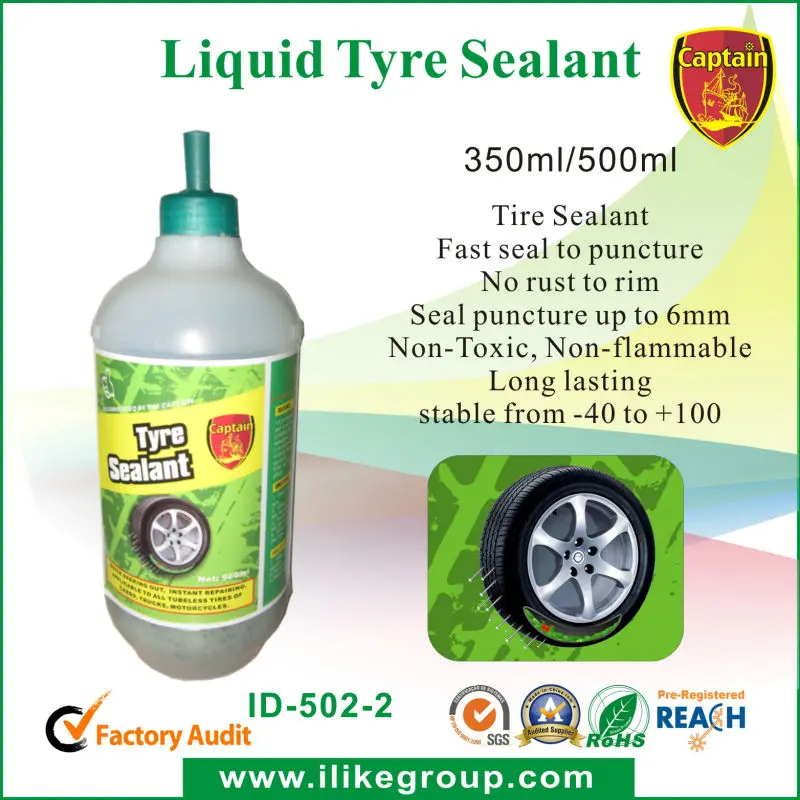Tire Sealant is a liquid you put in your tire to repair small punctures. It’s used by many car enthusiasts as a long term solution to fix flat tire issues.
But how long does tire sealant last? The only correct answer is until you can drive it to the nearest shop. Depending on tire sealant is dangerous, especially if you expect it to last for long periods of time. Using tire sealant when a simple plug or patch can be used is never advisable.
We will cover what tire sealant actually is, and why tire sealant shouldn't be depended on for more than a couple hours of use. We will also touch on the acceptable usage of tire sealant and finally, we will cover what tire sealant is industry standard.
As a tire tech in a shop, I’ve come across countless tires with sealant, and it’s always a mess. We were actually told to refuse service to customers who want a tire patched that’s had sealant applied. And rightly so, since the sealant can actually cause explosions if ignited by a spark.
The goal of tire sealant is to mimic the functionality of the tire’s inner lining. Sealant does this by coating the tire’s inner lining and acting as a pre-emptive measure to a future leak. When a puncture occurs, the sealant rushes into the hole and plugs it using fibers built into the sealant.
The liquid acts as a transportation mechanism for the fibers, since the air is being rushed out. Therefore, the liquid sealant rushes out with leaking air, leaving the fibers, and a plugged tire, behind.
Tire sealant also offers a way to inflate a flat tire, by adding compressed air with sealant, the hole is plugged, and you have an inflated tire.
But if your tire is “rim-flat”, meaning, the tire is so flat, the rim is touching the ground, you’re going to need a whole tire sealing kit.
This is because the compressed cans of air that tire sealants are often sold do not contain enough air to properly inflate the tire.
Whether your use case is preventative or a solution to a problem, there’s something to remember.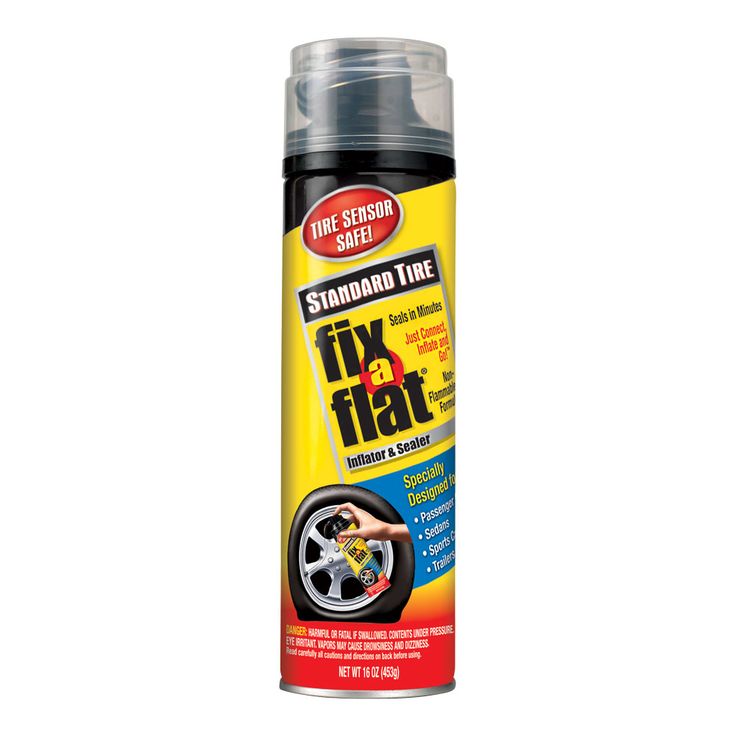 The plug that’s left behind originates from liquid. The viscosity of the liquid will make up a portion of the plug and the state of liquid varies.
The plug that’s left behind originates from liquid. The viscosity of the liquid will make up a portion of the plug and the state of liquid varies.
By using tire sealant, you're implying that you’d like to depend on a liquid plug to maintain the full weight of the vehicle while in motion. It’s just not a safe option. Using liquid where rubber meets the road is dangerous not only for you, but for other drivers on the road.
Tire sealant has caused numerous deaths and injuries, and tire sealant companies have paid out millions of dollars in lawsuits.
It’s because the dependency one can expect from tire sealant is nowhere near what’s actually provided. It’s almost a 50/50 chance of whether the tire sealant will fix a flat tire. And if it does fix it, it’s another 50/50 chance as to whether the sealant will hold.
The use cases of tire sealant are small in number. Because of the unreliable nature of the liquid plug, driving for more than 15-20 minutes on sealant is not recommended. But in emergencies, such as being stuck on the side of the highway, and needing to pull over further, tire sealant is ok to use.
But in emergencies, such as being stuck on the side of the highway, and needing to pull over further, tire sealant is ok to use.
Other common use cases for tire sealant are for ATV’s. Riders will coat their tires with the sealant before a trek so they aren’t totally stranded if a flat occurs.
Sealant is quite effective for ATV’s since they run on low pressure, causing more flex and opportunity for the hole to be filled. Furthermore, tire sealant is also used in tractor tires and small engine vehicles that travel at very low speeds.
Sealant is used as a preventive measure to attempt a seal on a puncture before you notice it. In the case of tractors, you can drive on a sealant plugged tire, and depend on it to function correctly, because you’re moving very slowly.
So when the sealant plug fails, you just stop the tractor. But if you’re driving down the highway at 60mph, and the sealant plug fails, that’s a different story.
It’s considered acceptable to use tire sealant on vehicles that don’t come with any electronics inside the tires such as TPMS systems.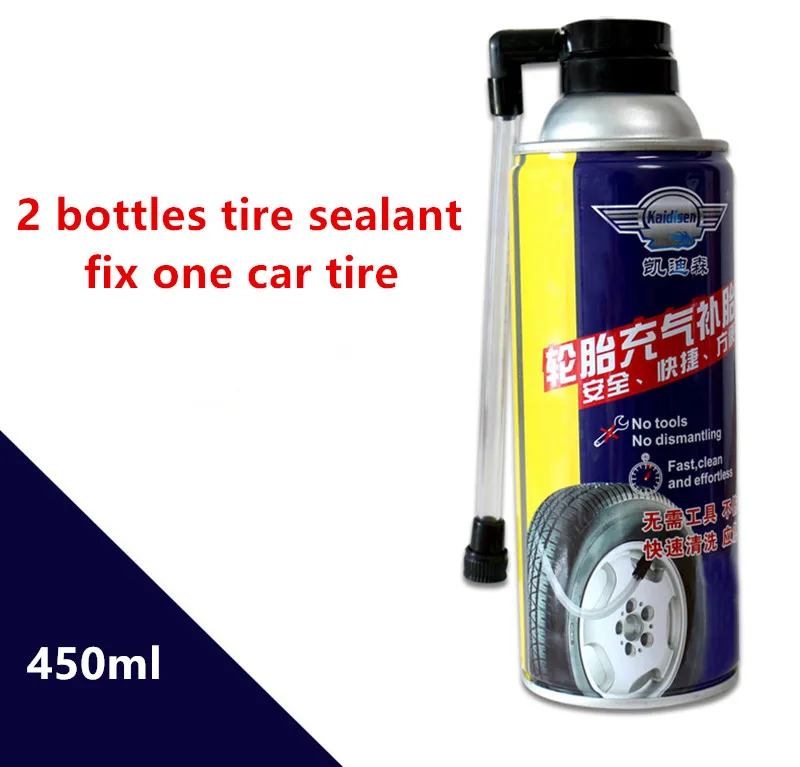
Using fix-a-flat on a tire with TPMS systems can damage the sensors by plugging up the holes the sensors depend on to get a valid reading. If you use sealant on a vehicle with TPMS, you can expect a TPMS light to come on.
If you are stranded on the highway, and have no triple A, but a tire sealant can, it’s ok to put tire sealant in your tire. But drive well below the speed limit, with your hazards on in an off lane until you can get to a safe spot, or more preferably, your mechanic.
Using tire sealant in any of these other situations is not recommended. Mainly for safety reasons, but also, because you will just have to keep applying the sealant, time and time again. You’ll save money, time, and headaches if you just take it to get properly patched.
While tire sealants are generally considered dangerous by all mechanics, they are still being sold in auto-parts shops and other retail stores. Many sealant companies have gone bankrupt from lawsuits leaving only a few behind.
So by process of elimination, they can be considered the best. The most common tire sealant is Slime. Slime is the United States’ best selling tire sealant. You can purchase Slime in a variety of packages ranging from single cans to gallon jugs.
Fix-A-Flat is another tire sealant that’s sold in US stores. The single can comes ready to use with an inflation tube that you hook up to the valve stem.
Once the tube is connected, just add the sealant by pressing down on the trigger. Fix-a-flat has changed its formula many times over the years, but the most important changes are they offer a non-flammable formula and a supposed TPMS safe version.
A new age tire sealant company, called TireJect, attempts to take a modern approach to tire sealant. While mainly used for ATV’s, TireJect also sells a vehicle tire sealant called TireJect Tire Sealant.
This sealant promises to be different by using a new, patented formula. TireJect has many different cases and variations of the amounts you can buy ranging from single pouches to one gallon jugs.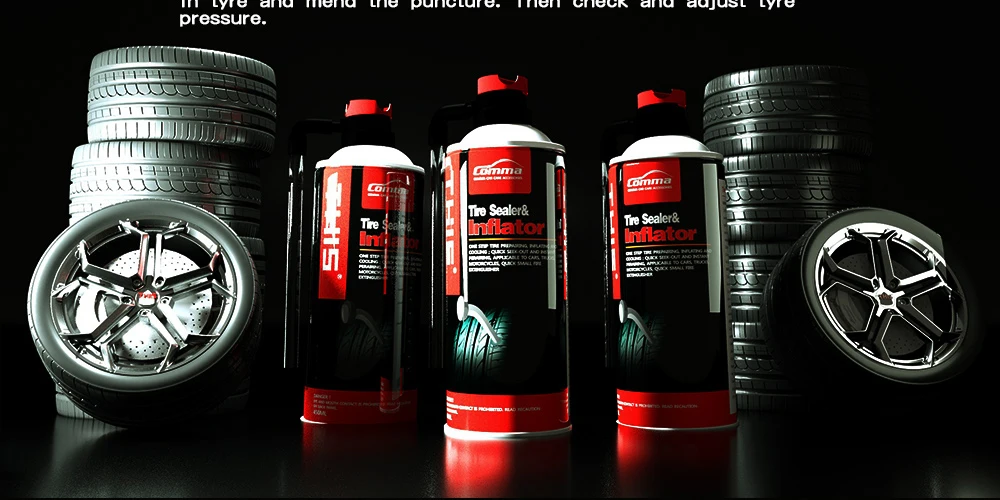
I’ve never heard of a driver adding tire sealant to a flat tire and feeling totally confident in the tire’s performance after adding it. They are usually left wondering if it’s working, or how long until it blows up. Speaking of which, if you add tire sealant to a tire, and eventually get around to plugging the tire, watch out!
When you ream the puncture, friction between the reamer and the cords can cause a spark, which ignites the liquid causing a large explosion.
Tire sealant is an outdated solution to a very dated problem. When cars were new in America, tire sealant was the bees knees. But now, it’s a liability and a hassle.
If you use sealant on a flat tire, and go to get it repaired, you might be denied service. If you take it to an independent shop that doesn’t have to follow company guidelines, the mechanic will not be happy about having to wipe out ounces of tire sealant just to patch a tire. So yes, you can drive on a tire inflated with tire sealant, but only for a very short amount of time.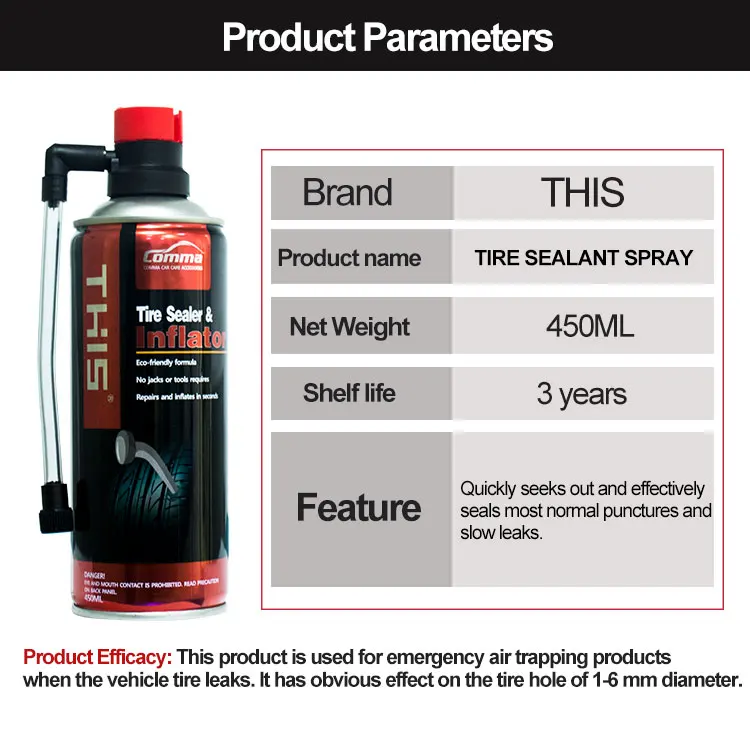 Doing otherwise is considered dangerous and reckless.
Doing otherwise is considered dangerous and reckless.
Most car owners will find themselves by the side of the road with a tire failure at some point due to a screw, nail, or other sharp objects. These punctures often lead to a loss of air, which can make driving unsafe and/or impossible. If you don't have access to a spare tire and you're stranded on the side of the road due to a flat tire, there is a solution that doesn't involve calling a tow truck for help.
Tire sealants are a great way to quickly repair a slow-leaking tire, and they can also be used for preventative measures. You can easily store this product in the trunk or other area of your vehicle for emergencies. The best tire sealants are affordable and easy to use, but they're not all created equally. We did the research and found some of the best options, so you'll be prepared the next time the unexpected occurs.
Best Overall
Slime Emergency Tire Repair Sealant
Check Latest Price
Summary
A strong and fast-acting tire sealant capable of filling 1/4-inch punctures.
Best Value
Fix-A-Flat Tire Sealant and Car/SUV Tire Inflator
Check Latest Price
Summary
Designed for cars and SUVs, this tire sealant is 24 ounces and can be used on extra-large tires. It fixes punctures up to 1/4-inch.
Honorable Mention
TireJect Tire Sealant Kit
Check Latest Price
Summary
This formula is available in 10, 20, or 40 ounces as well as a one-gallon container. It can fill punctures up to 3/8-inch.
It can fill punctures up to 3/8-inch.
Our reviews are driven by a combination of hands-on testing, expert input, “wisdom of the crowd” assessments from actual buyers, and our own expertise. We always aim to offer genuine, accurate guides to help you find the best picks.
Learn more
I took several factors into consideration when choosing the best tire sealants. First, I focused on well-known brands that have a reputation for producing high-quality products. I also looked at the effectiveness of each item.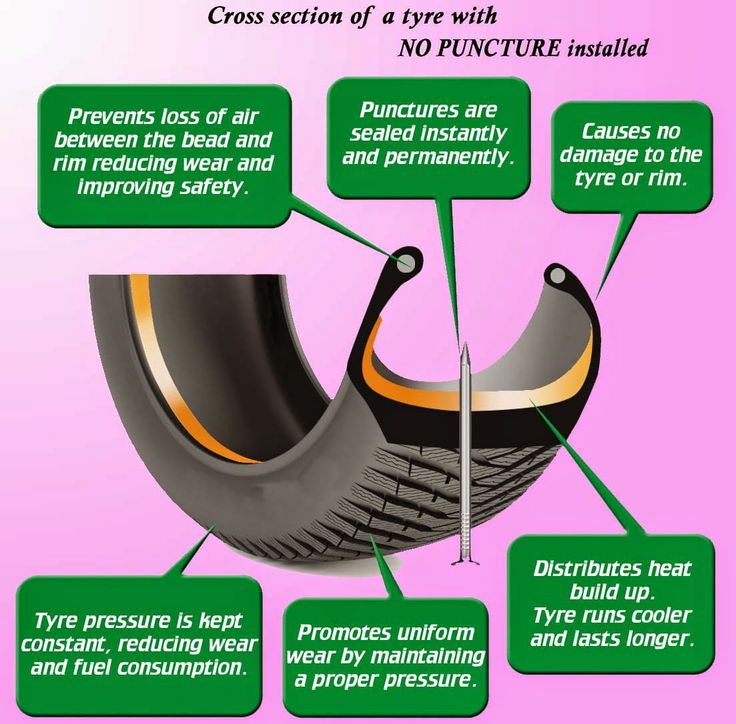 Using user testimonials as a reference, I compared how each sealant performed in real-world conditions in order to determine how well they functioned overall.
Using user testimonials as a reference, I compared how each sealant performed in real-world conditions in order to determine how well they functioned overall.
I included products that are both solutions to a puncture and I made sure to pick products that can be used on a variety of different tires, from passenger cars to larger pickup trucks. I also included items in a wide range of prices to suit a variety of budgets. For more information on our methodology, go here.
Slime Emergency Tire Repair Sealant
While the name may be gross, Slime tire sealant is one of the most effective sealants on the market.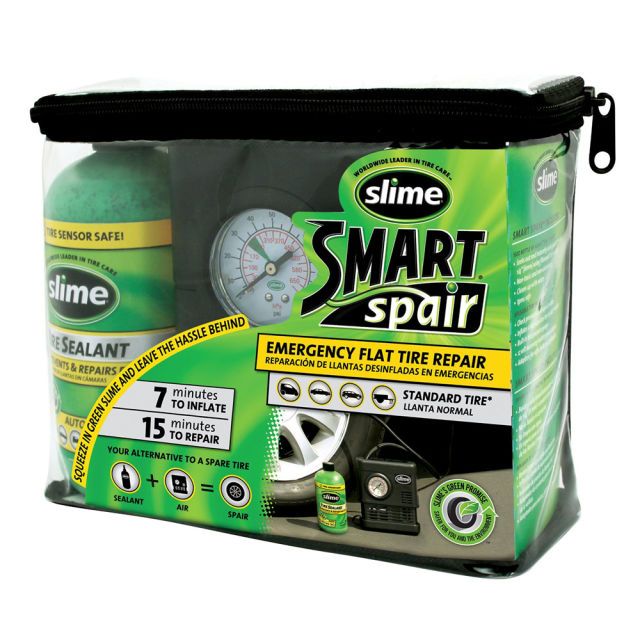 It is capable of filling punctures up to 1/4-inch, which is around the size of a normal screw or nail. It’s a great preventative measure to help fight against the possibility of full tire blowouts.
This small and powerful formula is fit for cars, trucks, SUVs, ATVs, trailers, and RVs. Plus, it’s compact enough to take with you, no matter where you plan on driving. One of the best features we found is that the bottle comes with its own valve core removal tool, giving you easy access to prevent leaks in your tires.
However, if you are using it for a car or trailer, there is a restriction on how fast you should drive. It’s only effective at speeds up to 65 mph, and should only be used as a quick fix if you tend to drive at speeds around this mark.
It is capable of filling punctures up to 1/4-inch, which is around the size of a normal screw or nail. It’s a great preventative measure to help fight against the possibility of full tire blowouts.
This small and powerful formula is fit for cars, trucks, SUVs, ATVs, trailers, and RVs. Plus, it’s compact enough to take with you, no matter where you plan on driving. One of the best features we found is that the bottle comes with its own valve core removal tool, giving you easy access to prevent leaks in your tires.
However, if you are using it for a car or trailer, there is a restriction on how fast you should drive. It’s only effective at speeds up to 65 mph, and should only be used as a quick fix if you tend to drive at speeds around this mark.
Check Latest Price
This simple small yet effective tire sealant is capable of making sure a large tire holds its air until you get it properly taken care of. Its compact bottle means you can take it with you and quickly use it in case you have a tire emergency. You can easily check what tires Fix-A-Flat fits by checking out the guide on their website.
It is able to fully block a puncture up to 1/4-inch. While it isn’t a permanent fix, it will last long enough for you to drive it to the shop or back home. It’s easy to attach to your tire nozzles as well, giving you more time to get back on the road and less time worrying about how much air you’ve lost. It’s nontoxic, noncorrosive, and nonflammable as well, making it safe for the environment. It’s also safe to use on cars with a TPMS monitoring system.
While it may be fast-acting, you will have to move the car to the right position in order for the compound to take hold effectively. That means you have to make sure to park where the puncture is at the six o’clock angle, which can be difficult to do by yourself.
Its compact bottle means you can take it with you and quickly use it in case you have a tire emergency. You can easily check what tires Fix-A-Flat fits by checking out the guide on their website.
It is able to fully block a puncture up to 1/4-inch. While it isn’t a permanent fix, it will last long enough for you to drive it to the shop or back home. It’s easy to attach to your tire nozzles as well, giving you more time to get back on the road and less time worrying about how much air you’ve lost. It’s nontoxic, noncorrosive, and nonflammable as well, making it safe for the environment. It’s also safe to use on cars with a TPMS monitoring system.
While it may be fast-acting, you will have to move the car to the right position in order for the compound to take hold effectively. That means you have to make sure to park where the puncture is at the six o’clock angle, which can be difficult to do by yourself.
When ordering this tire sealant, you have the option of choosing 10, 20, or 40 ounces.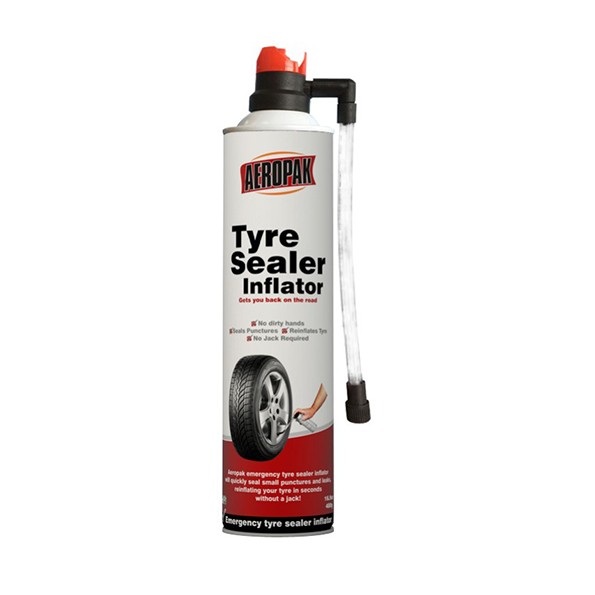 You can also choose to order a one-gallon container. The sealant is a liquid rubber mixture that contains tire particles and Dupont Kevlar fibers. Every 10 ounces of sealant comes with one bladder bag and one injector tool. You can use this repair kit to repair punctures in your tires from screws, nails, thorns, or anything else. The sealant only works on punctures that are up to 3/8-inch.
You’ll find this sealant system is easy to use, thanks to the included injector tool. You connect it to your valve stem for a mess-free installation. You can even install this sealant on all four of your tires and prevent future flats for the next year.
You can also choose to order a one-gallon container. The sealant is a liquid rubber mixture that contains tire particles and Dupont Kevlar fibers. Every 10 ounces of sealant comes with one bladder bag and one injector tool. You can use this repair kit to repair punctures in your tires from screws, nails, thorns, or anything else. The sealant only works on punctures that are up to 3/8-inch.
You’ll find this sealant system is easy to use, thanks to the included injector tool. You connect it to your valve stem for a mess-free installation. You can even install this sealant on all four of your tires and prevent future flats for the next year.
This tire sealant is meant for use with motorcycle tires.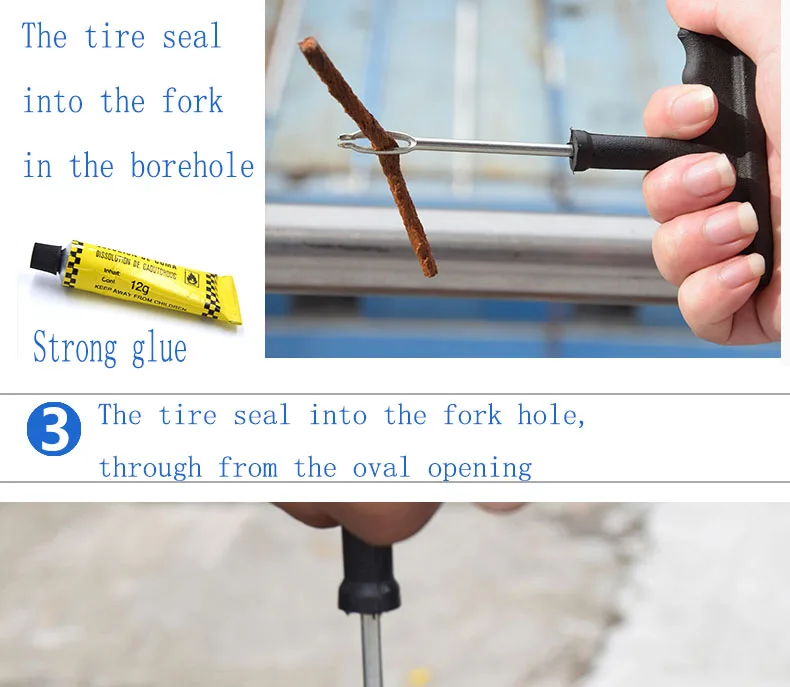 It will balance and seal your tire by evenly coating the inside surface of your tire. If your tire suffers a puncture while you’re riding, the centrifugal force of your rotating tire and the internal air pressure will move the Ride-On sealant into the hole. This will instantly seal it. This will work on punctures that are up to 1/4-inch in tubeless tires and 1/8-inch in tube tires.
You’ll like that this sealant turns your tires into self-sealing tires. They’ll also eliminate the need for ugly wheel weights. This sealant is specifically designed for use in high-speed tires. It’ll improve the performance of your motorcycle tires by dampening road vibration and noise.
It will balance and seal your tire by evenly coating the inside surface of your tire. If your tire suffers a puncture while you’re riding, the centrifugal force of your rotating tire and the internal air pressure will move the Ride-On sealant into the hole. This will instantly seal it. This will work on punctures that are up to 1/4-inch in tubeless tires and 1/8-inch in tube tires.
You’ll like that this sealant turns your tires into self-sealing tires. They’ll also eliminate the need for ugly wheel weights. This sealant is specifically designed for use in high-speed tires. It’ll improve the performance of your motorcycle tires by dampening road vibration and noise.
This tire sealant comes in a variety of sizes based on your needs: 8, 16, or 32 ounces or a one-gallon container.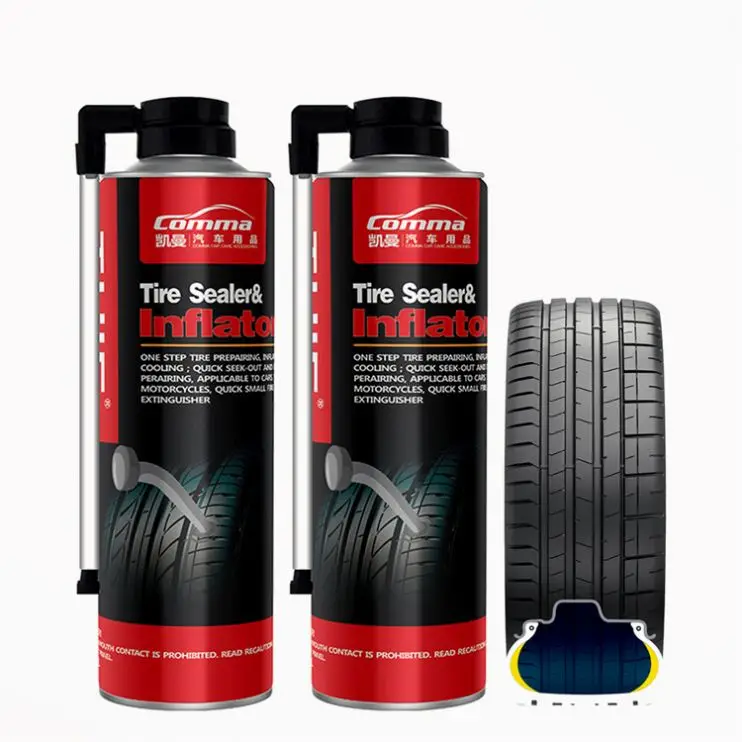 It will instantly seal your pneumatic tires and tubes. It protects against thorns, screws, and any other sharp objects. To use, extend the included hose and attach it to your tire valve. Then use the reliable pump action nozzle to dispense the sealant into your tire.
What’s nice about this sealant is that it specifically states that it’s safe for use with a variety of metals. This includes chrome, steel, and alloys used in wheel making. You can confidently use this sealant without worrying that it will ruin your wheels. It also stays liquid and won’t corrode or cause rust.
It will instantly seal your pneumatic tires and tubes. It protects against thorns, screws, and any other sharp objects. To use, extend the included hose and attach it to your tire valve. Then use the reliable pump action nozzle to dispense the sealant into your tire.
What’s nice about this sealant is that it specifically states that it’s safe for use with a variety of metals. This includes chrome, steel, and alloys used in wheel making. You can confidently use this sealant without worrying that it will ruin your wheels. It also stays liquid and won’t corrode or cause rust.
The Slime 50107 Kit contains two distinct elements: a powerful tire inflator and the emergency tire repair sealant.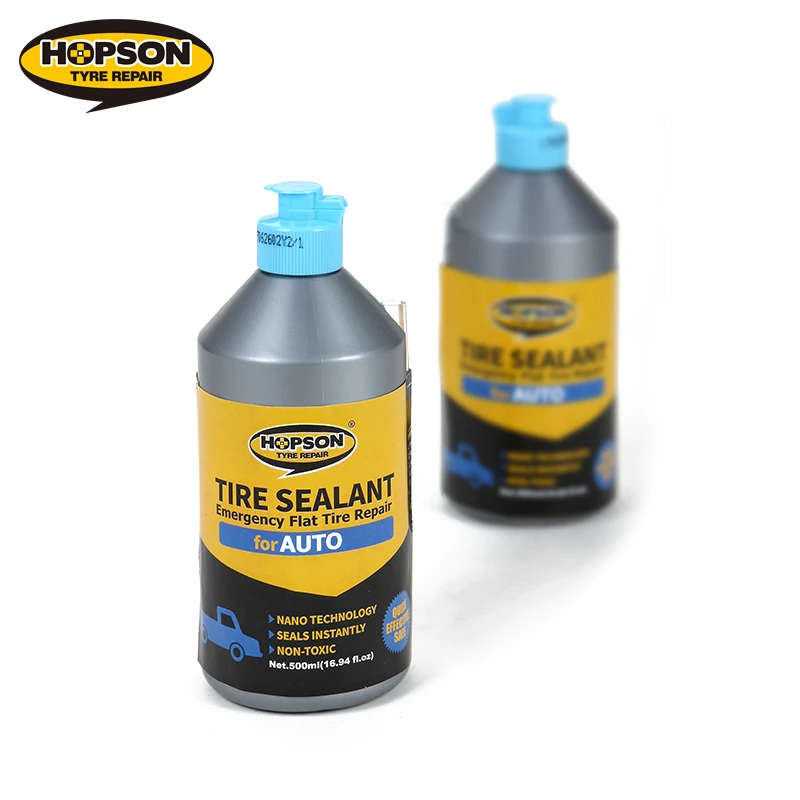 Instead of having to use a jack to change out the punctured tire, leave that hassle behind. The sealant is tire sensor safe and works well with standard car tires. The Slime tire sealant repairs tread area punctures up to 1/4-inch in diameter. Along with the kit’s included inflator, you can repair and inflate the tire within 15 minutes. Simply plug the tire inflator into your vehicle’s 12-volt accessory power outlet to get it started. It features a quick connect air hose and a built-in tire pressure dial gauge. The 16-ounce bottle of the emergency non-toxic tire sealant instantly seals punctures. The process is simple and hassle-free.
However, some users have experienced issues with the product going dead and not working when they needed it. Some actually lost more air after using this sealant.
Instead of having to use a jack to change out the punctured tire, leave that hassle behind. The sealant is tire sensor safe and works well with standard car tires. The Slime tire sealant repairs tread area punctures up to 1/4-inch in diameter. Along with the kit’s included inflator, you can repair and inflate the tire within 15 minutes. Simply plug the tire inflator into your vehicle’s 12-volt accessory power outlet to get it started. It features a quick connect air hose and a built-in tire pressure dial gauge. The 16-ounce bottle of the emergency non-toxic tire sealant instantly seals punctures. The process is simple and hassle-free.
However, some users have experienced issues with the product going dead and not working when they needed it. Some actually lost more air after using this sealant.
Whether you drive a car or truck or ride a motorcycle, STP Tire Fix Sealant and Inflator works well without any tools required.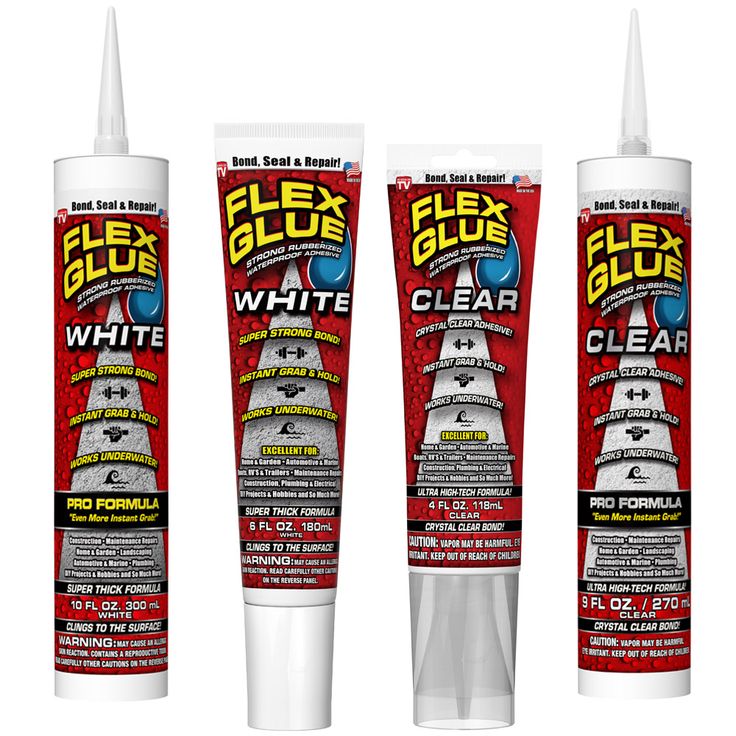 The non-flammable formula seals punctures that are up to 1/4-inch in diameter, it is easy to clean up with water, and it will hold air for as long as three days.
The product is also safe to use with tire pressure monitoring sensors. We like that this product is so easy to use: just fill up the tire to seal and inflate it, and go. Sixteen ounces fills a standard-sized tire, while 20 ounces fills larger tires. Overall, it's great for emergencies and is a short-term solution. The company recommends going to a repair shop for inspection and a permanent fix within a couple of days after application.
The non-flammable formula seals punctures that are up to 1/4-inch in diameter, it is easy to clean up with water, and it will hold air for as long as three days.
The product is also safe to use with tire pressure monitoring sensors. We like that this product is so easy to use: just fill up the tire to seal and inflate it, and go. Sixteen ounces fills a standard-sized tire, while 20 ounces fills larger tires. Overall, it's great for emergencies and is a short-term solution. The company recommends going to a repair shop for inspection and a permanent fix within a couple of days after application.
Slime Emergency Tire Repair Sealant is well-known in the industry and can repair screw or nail punctures up to 1/4-inch long. It can be used on cars, trucks, SUVs, ATVs, RVs, and more. It includes a valve core removal tool to make the process easier. For a slightly more budget-friendly option, consider the equally effective Fix-A-Flat Tire Sealant and Car/SUV Tire Inflator.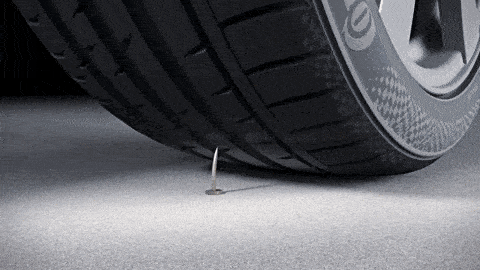
Aerosol tire sealant is one of only two types. A single-use product, aerosol sealant is for emergency repairs that will allow you to drive short distances on a punctured tire. It comes in a bottle that sprays, allowing a simple application to fill holes in the tire with great accuracy. When you spray the product into the valve, the punctured tire will inflate. The formula coats the inside of the tire to plug any leaks or holes.
The second type of sealant for a punctured tire comes in the form of a thick gel. Using the gel option can be a bit more difficult than the aerosol tire sealant, as it is harder to put in place. Plus, it can be messier due to its slimy substance. To use the gel sealant, you will usually need tools or equipment to make sure the tire is properly sealed and no longer leaking air.
Many tire sealants are very affordable and cost between $10 and $20. These products are often at least 16 ounces in size and work as promised. They are no-frills, but they get the job done. If you spend upwards of $60, you will often find much larger sealant containers or those that are part of a kit, which can include items such as tire inflators. If you have room in your vehicle for a kit, it may be worth storing one in your trunk due to the added features, such as accessories for inflatable and carrying bags.
You’ve got questions. The Drive has answers.
Tire sealants are for temporary use and not a permanent solution. The tire sealant’s purpose is to get you to the nearest gas station, automotive shop, or dealership to fix the tire. Depending on the amount of damage to the tire, you may need to get a brand-new tire put on the vehicle.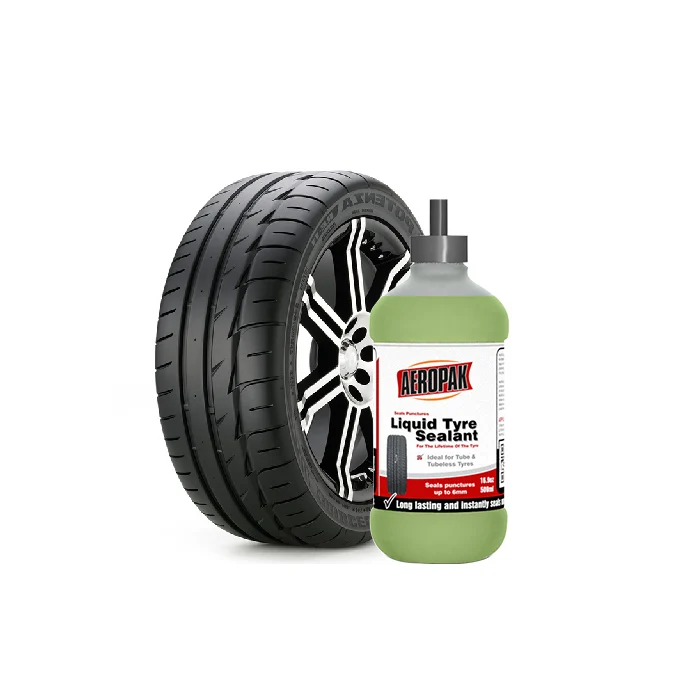
Tubeless tire sealant should last an average of two-six months. However, the life span depends on several factors, such as temperature, humidity, driving frequency, tire casing thickness, and the number of punctures.
This depends on the type of tire sealant and the brand. Each product should state how long they last, but generally they can last up to two years before needing to replace the tires.
A: This varies on the size of the tire you are trying to fill the puncture in. A lawn mower tire is smaller and therefore doesn’t need that much product. However, a Jeep tire is larger and will typically need an entire bottle of tire sealant.
A: You inject the tire sealant through the valve or tire nozzle.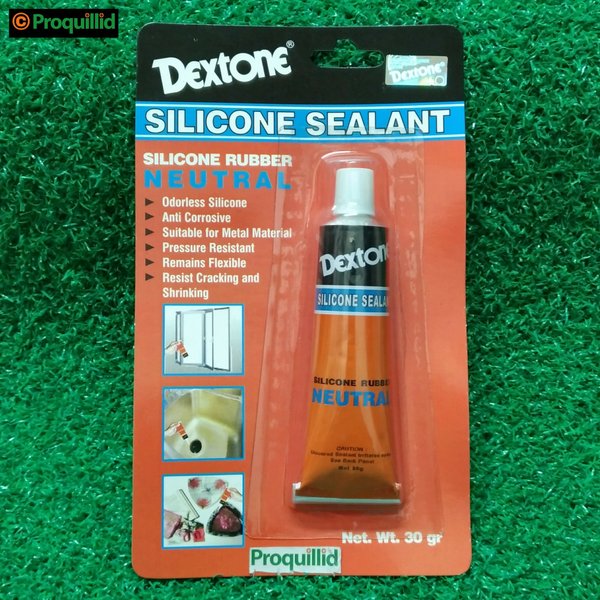 After completing that step, you then fill the tire with air until it is at the required amount.
After completing that step, you then fill the tire with air until it is at the required amount.
And unfortunately, not always in the car there is a spare wheel. Sometimes, due to the lack of a fifth wheel, they free up space in the trunk, sometimes they lend it to friends or acquaintances at the wrong time, and in some cases, even two wheels can be punctured at the same time. In this case, tire sealant can come to the rescue.
It cannot be said that this is a panacea for the problem that has arisen, but sometimes such a remedy helps the driver and allows him to reach the nearest service station.
Tire sealant is a relatively new product in the automotive chemical market. Such a tool has both fans and opponents.
There are different types of sealants, and when choosing a brand, it is important to pay attention to the recommended temperature range.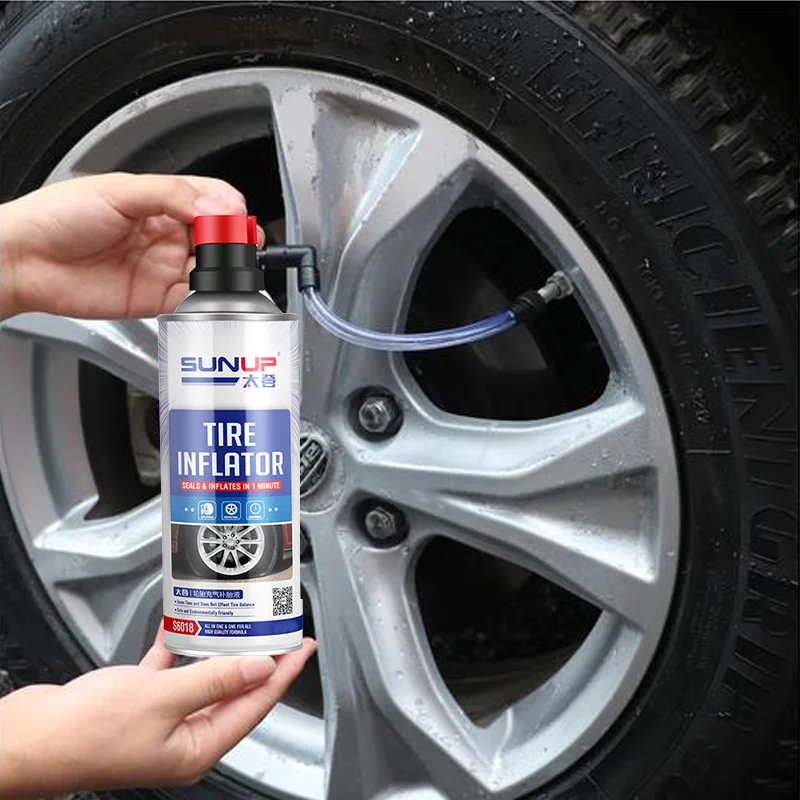 Many imported formulations are ineffective in the domestic climate.
Many imported formulations are ineffective in the domestic climate.
The sealant cools the wheel slightly when blocking the puncture. In winter, this property is superfluous, but in summer it is simply irreplaceable.
The following types of products are distinguished:

Sealants are also distinguished by composition:
Latex-based products coat the entire inner surface of the tire, including punctures, and cure to form a dense protective film. In the case of using fibrous compounds (they can be based on polyethylene, asbestos or paper), the sealant fills mainly holes and pores in rubber.
Modern manufacturers offer consumers a wide range of tools to help eliminate a puncture on the road. How to choose a high-quality sealant in such a variety? We'll figure out.
When choosing products, the following points should be considered:
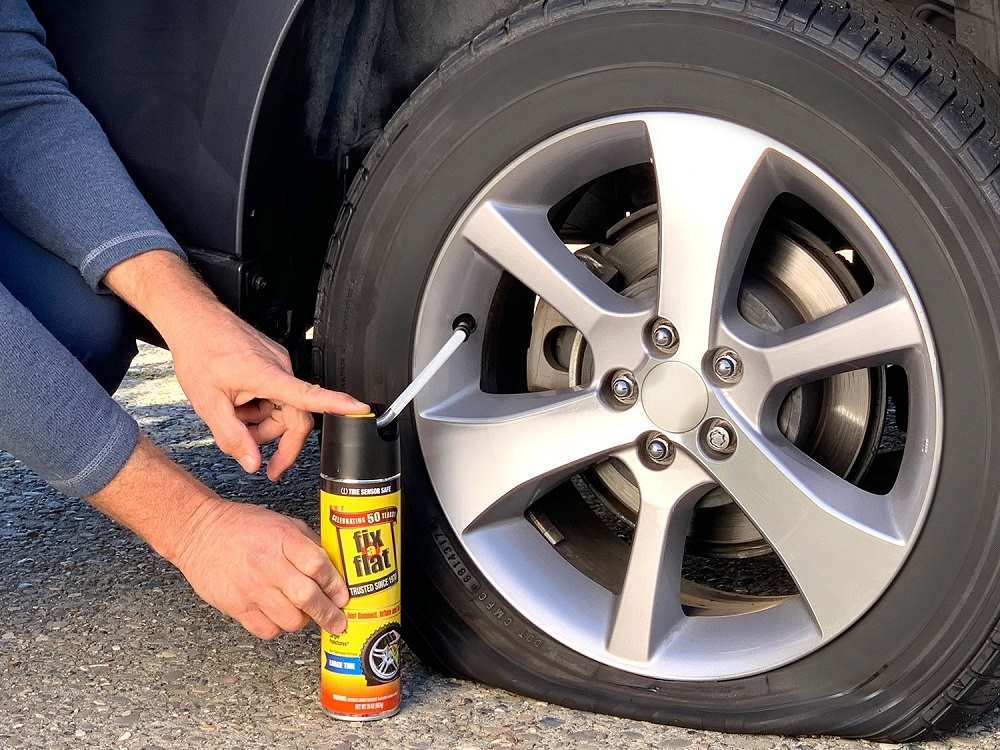 Otherwise, in winter it may simply freeze.
Otherwise, in winter it may simply freeze. In order to determine which product is the best at dealing with tire punctures, a test was carried out during which new tires were used. For the purity of the experiment, each puncture had a diameter of 3 mm.
For the purity of the experiment, each puncture had a diameter of 3 mm.
Here are the test results:
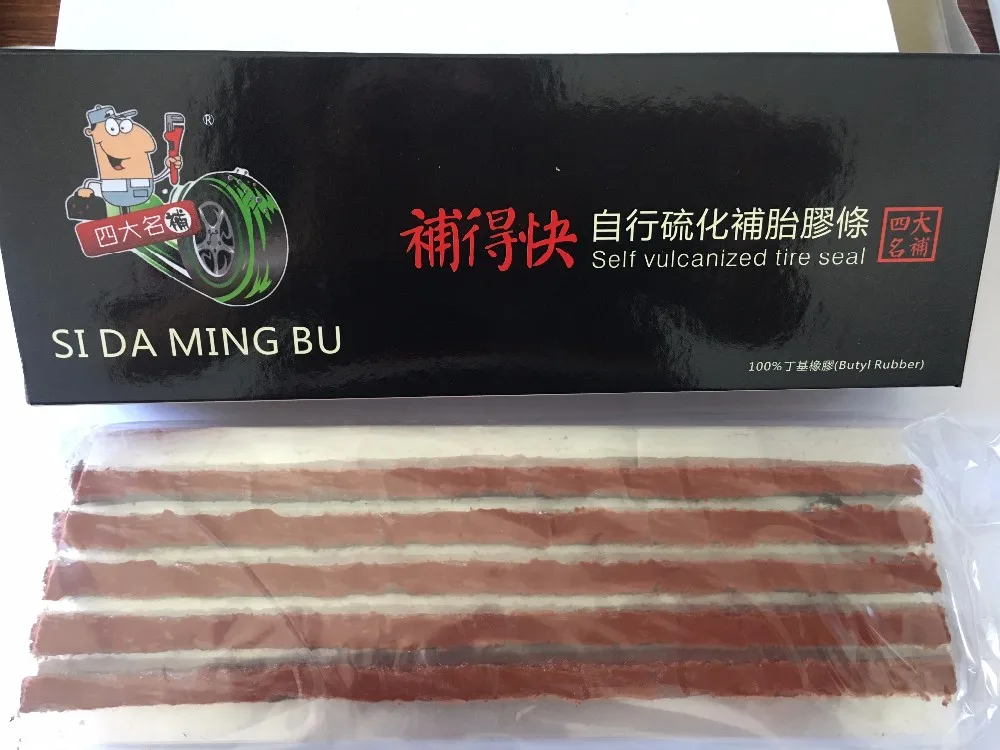 8 atm. It was vented to 2 atm and measured again after 5 km - 2.3 atm. Excellent result!
8 atm. It was vented to 2 atm and measured again after 5 km - 2.3 atm. Excellent result! 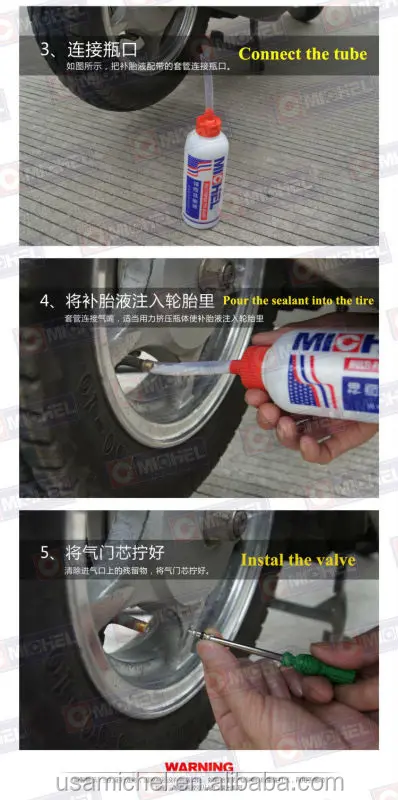
To sum up, there are quality sealants that can help the driver deal with a tire puncture. However, it is best to have a spare tire with you when going on a long journey, because not a single sealant can fix a hole in the sidewall of a tire. Yes, and he will not be able to patch up rather large holes either. But in the case of the appearance of small holes in the tire, the tool is simply irreplaceable.
An unpleasant situation, from which no car owner is immune, is a puncture of rubber. The problem arises spontaneously, and often there is no spare tire on hand to dismantle the punctured wheel and put on another one. In such cases, drivers use tire sealant, an effective chemical that can quickly seal a puncture on a tire.
Contents
Automotive sealants have appeared on the market relatively recently and have already won the trust of vehicle owners.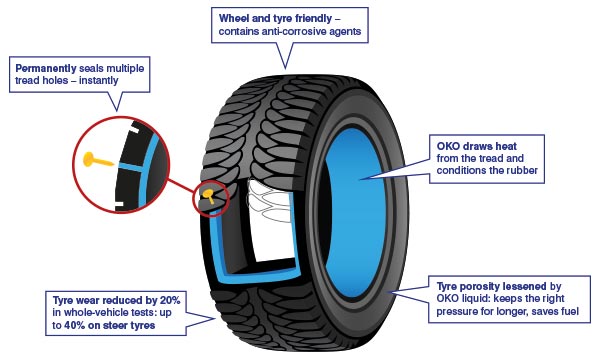 The substance for instant vulcanization of rubber is placed in a small sealed container. Depending on the components, tire sealants are either latex or synthetic/natural fiber blends. Sealants for express vulcanization of tube and tubeless tires offer important advantages:
The substance for instant vulcanization of rubber is placed in a small sealed container. Depending on the components, tire sealants are either latex or synthetic/natural fiber blends. Sealants for express vulcanization of tube and tubeless tires offer important advantages:
Instant curing compounds are classified into aerosol and liquid, the characteristics of which differ slightly. By nature, aerosol sealant is liquid, but is contained in a high-pressure can. A hose is used to introduce it, but compressed air must be completely removed from the tires. The compositions can be used for repair work and the prevention of punctures.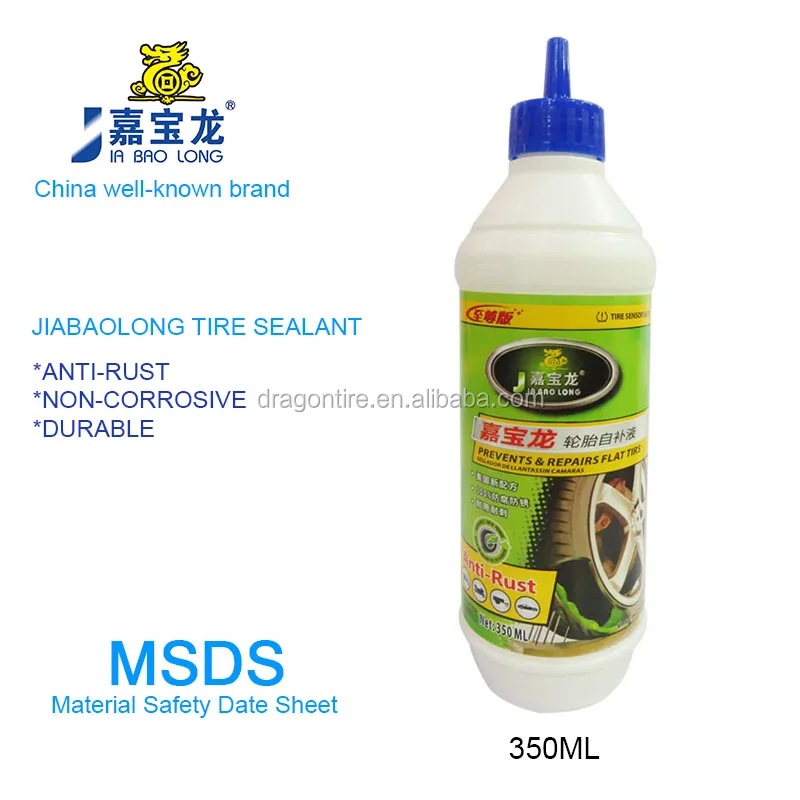
Important: It is important to use emergency wheel sealant in case of punctures in the tread area. If you use tools for vulcanizing side cuts and cracks, the compositions are ineffective due to the effect of centrifugal force. It is not possible to seal the tire with sealant in case of disassembly.
To prevent the possibility of a tire puncture or cut on the track, car owners use express sealants. When the vehicle is in motion, centrifugal force helps distribute the tire sealant inside the tire. To prevent cuts in tubed tires, the sealing compound is distributed in the air cushion so that it protects the cord layer. Tire Damage Prevention Benefits:
Sealant prevents rubber delamination and improves tire thermal control when overheated. The use of puncture prevention agents simultaneously creates several levels of tire protection, prevents corrosion of the cords and increases the life of the rubber.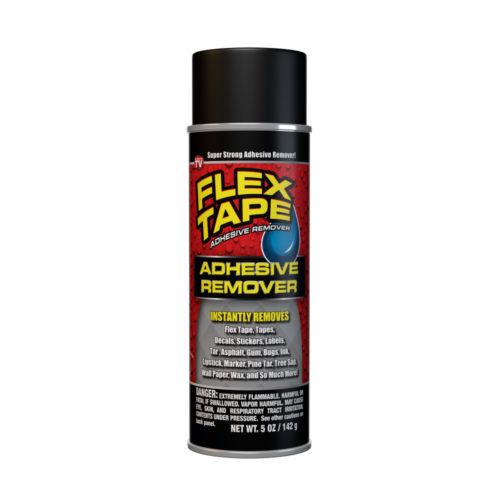 In case of damage to the integrity of the tire, the viscous composition instantly forms a vulcanizing plug.
In case of damage to the integrity of the tire, the viscous composition instantly forms a vulcanizing plug.
Repair sealants are used to quickly seal tires when trouble has already happened. Most formulations can only be applied on fully flat tires. The agent is injected through the nipple, and as the sealant enters, the tire is filled, and foam may form at the puncture site. Benefits of punctured tire emergency sealant:
If a nail or a piece of glass is stuck in the wheel, before using the sealant, the object must be removed so that the substance reliably clogs the puncture and is evenly distributed inside the wheel. To fully restore the tire, you need to ride at low speed - this distance is indicated in the instructions.
The automotive market offers a wide range of instant wheel sealants. Products differ in technical characteristics, packaging and volume. It is worth paying attention to proven brands that have collected positive feedback from car owners and have successfully passed tests. General requirements that a tire sealant must meet:
Products differ in technical characteristics, packaging and volume. It is worth paying attention to proven brands that have collected positive feedback from car owners and have successfully passed tests. General requirements that a tire sealant must meet:
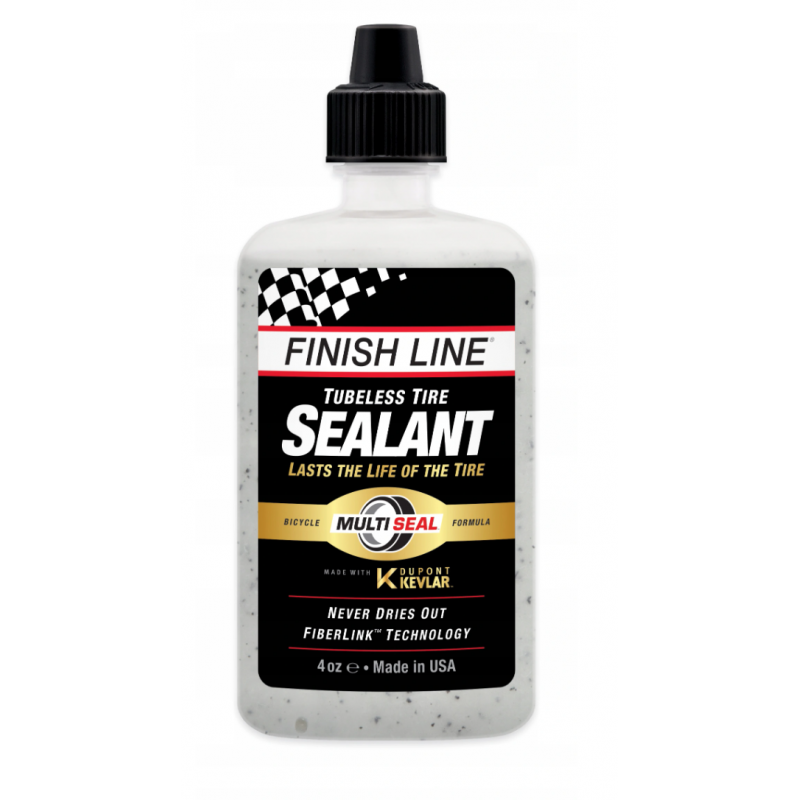 To repair an SUV with overall wheels, this volume is not enough. The attached instructions indicate which cars the sealant is suitable for.
To repair an SUV with overall wheels, this volume is not enough. The attached instructions indicate which cars the sealant is suitable for. Attention: The effect of the use of sealants is short-lived, therefore, after repair, you need to contact the workshop for high-quality vulcanization and wheel balancing. You can drive on sealed tires at a low speed within 50 km, the distance limit is 10 km. If the agent is used for prevention, the permissible speed and mileage are indicated by the manufacturer of the composition.
The main difference between tires is the presence and, accordingly, the absence of an inner chamber. Automotive sealant manufacturers do not classify tubular tire products as a separate category. Therefore, you can use any composition of a universal type.
Automotive sealant manufacturers do not classify tubular tire products as a separate category. Therefore, you can use any composition of a universal type.
The Polish company K2 offered Tire Doctor sealant to the attention of car owners.
Universal tool, used to eliminate damage to any tires. It has a high combustibility, so before pumping up the filled tire to the desired pressure, gas should be bled from it. It is recommended to have a powerful car pump on hand. On the 10th kilometer of the track, the train completely copes with the puncture, in the place of which an airtight plug is formed. The pressure is kept at 1.85 atmospheres.
Hi-Gear Tire Doctor, an American-made emergency wheel sealant, according to the company, is suitable for tube and tubeless tires. A wheel filled with compound hardly lifts off the ground, which indicates low tire pressure. The properties of the active components of the American sealant are exactly enough to reach the nearest tire service.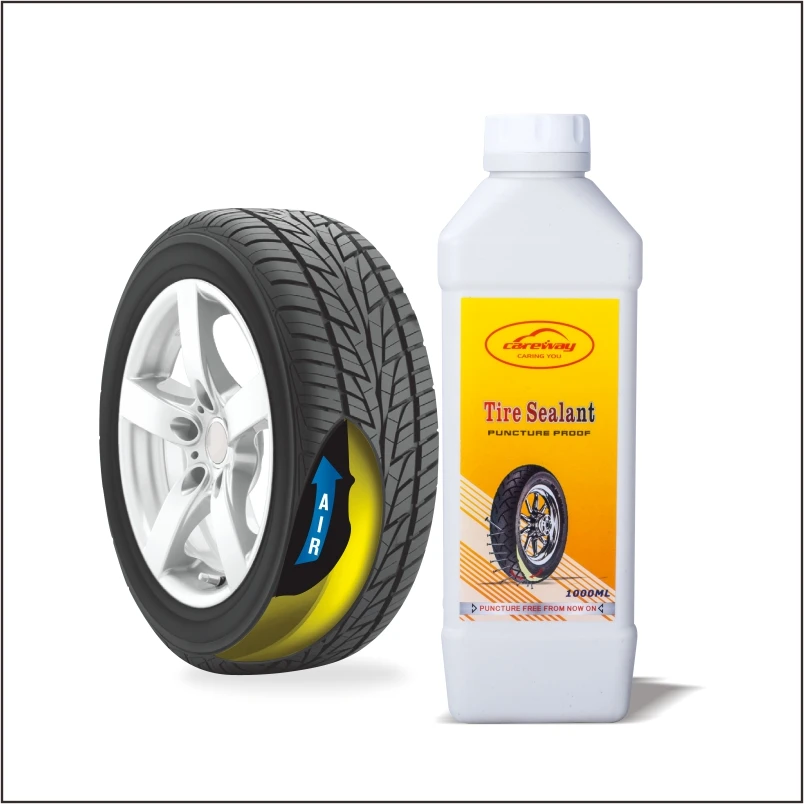
Modern vehicles off the assembly line are equipped with tubeless tyres. Fixation with discs occurs due to a layer of special rubber. Tires with a tire and a tube are installed on earlier generation car models. In terms of road safety, tubeless tires show a clear superiority - you can drive a greater distance on a punctured wheel.
Most of the sealants available on the market are of the universal type. But there are special-purpose tools that do a good job of sealing tubeless tires. Sealant Pingo Reifenpannen-Spray - according to the manufacturer's instructions, you can drive about ten km on a vulcanized tire, depending on the nature of the damage, at a speed not exceeding 50 km / h. When filled with sealant, the wheel quickly takes on an “inflated” shape. In the process of movement, the pressure decreases, but not significantly.
Products designed specifically for tubeless wheels include the German sealant Motip Dupli AG Car Tire Repair. The sealing of the tire completely occurs after a few kilometers.
The sealing of the tire completely occurs after a few kilometers.
Another effective product, Runway RW6125 Sealant, is sold in a capacious 650 ml can. The purpose of Runway Tire Sealant is to repair tubeless tires while inflating the wheel. Eliminates punctures up to 6 mm, creates the required pressure in the tire in a few minutes.
Advantages of tubeless tire sealants include fast filling of the wheel, effective sealing of punctures. The products do not cause corrosion of the cord threads, are easily pumped into tires through a fitting attached to the wheel nipple. Sealants are quickly distributed over the surface and hold pressure well up to 2 atmospheres.
Good quality Motip Black Line emergency vulcanizing sealant. In a few minutes, tubeless tires can be repaired with sealant. To use the aerosol, you do not need to disassemble the wheels. The rubber-based substance effectively removes up to ten punctures of various diameters simultaneously.
Note: In order to properly use emergency sealants, the cause of the puncture must be eliminated before filling the tires with a liquid compound or aerosol - a glass shard, a nail, a sharp metal object.
Some manufacturers produce universal type products. The compositions are suitable for hermetic filling of punctures in chambered and tubeless wheels. The most popular products of this line:
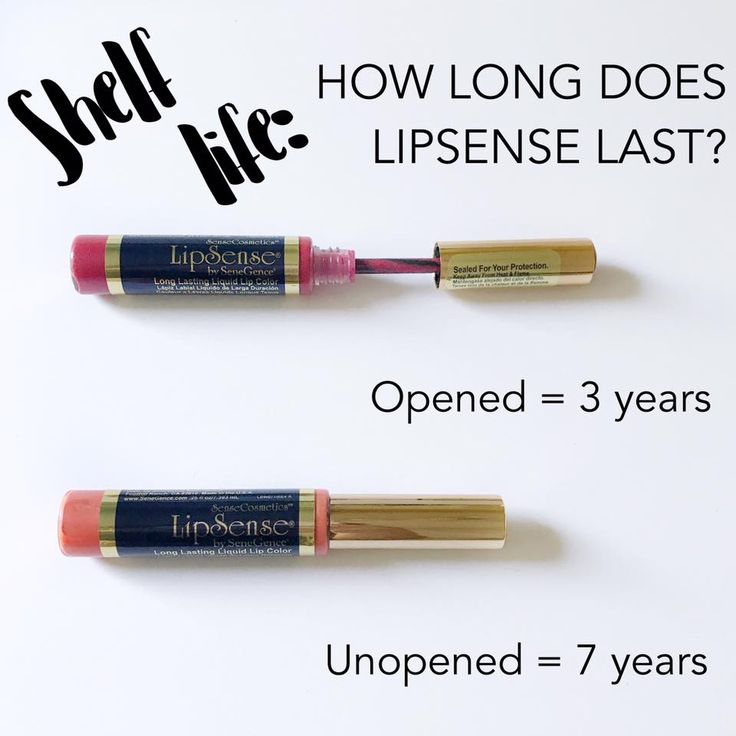
Special attention should be paid to tubeless rim compounds - rubber-based sealants designed to seal air leaks between the rim and the bead. Motorists use ready-made compounds with natural rubber and other components of Rossvik-Light, Bestpatch, Unicord, Tech. Sealing agents are applied with a brush between the rim and tire of tubeless tires, which prevents air from bleeding from the wheels. A special lubricant in the form of a concentrated paste can be applied to the tire beads to facilitate mounting / dismounting of wheels.
The main advantage of the method is that there is no need to disassemble the wheels. When using compounds, follow the recommendations of the sealant manufacturer:

After sealing is complete, check the tire pressure, bleed excess air if necessary, or inflate the tire. After a few kilometers, the indicators are re-measured. When using liquid products, the work order is preserved, but after filling, turn the wheel several times to evenly distribute the composition, inflate the tires.
The use of preventive sealants helps prevent punctures, and emergency tools help to cope with damage to the wheels. Sealants reliably seal small holes, cracks, punctures, increasing the service life of automotive rubber. It is necessary to ensure that when using aerosol formulations, the tires are not pumped over.